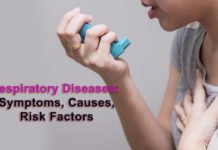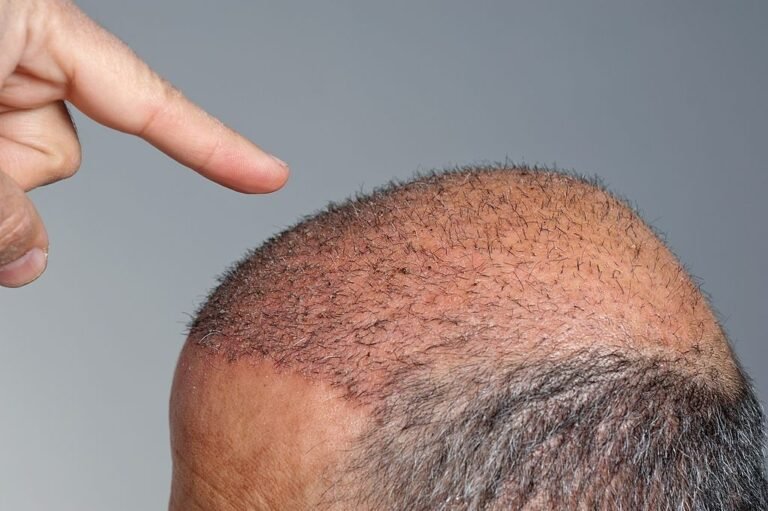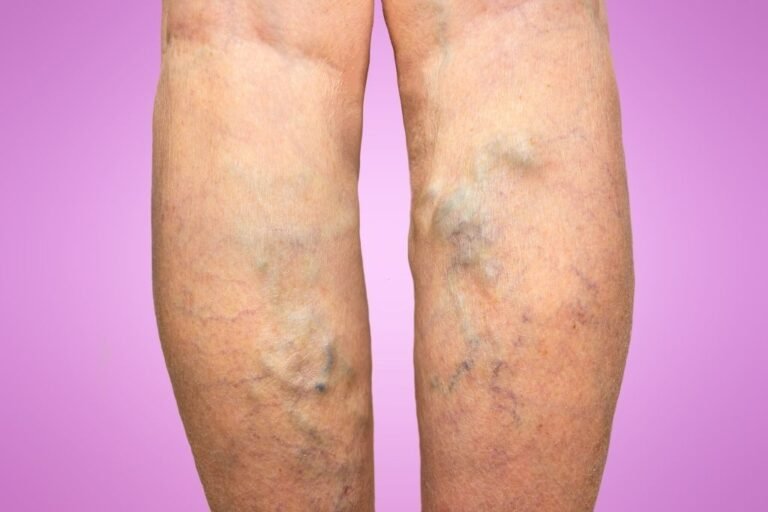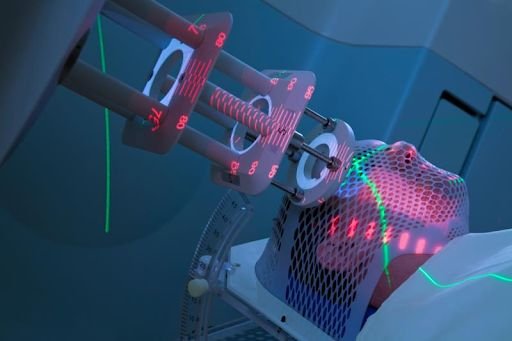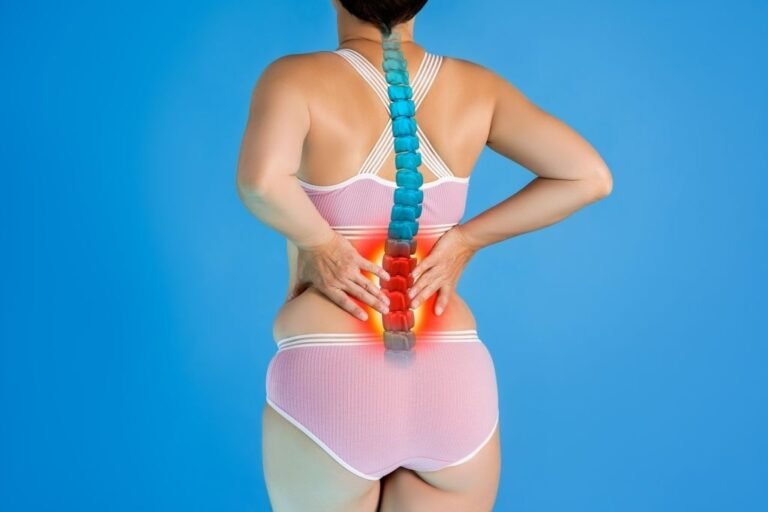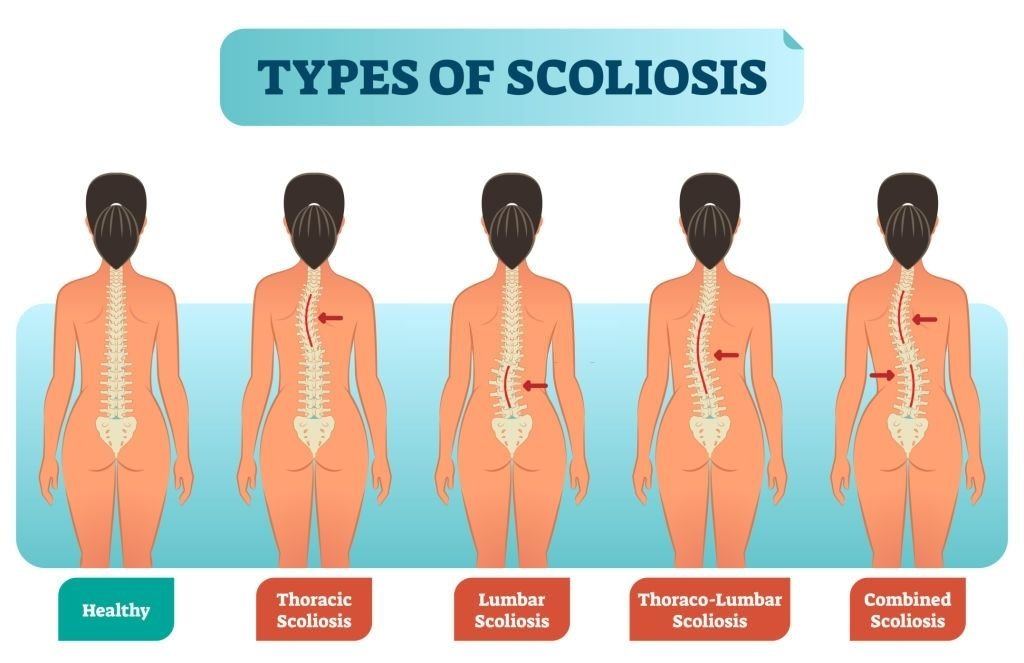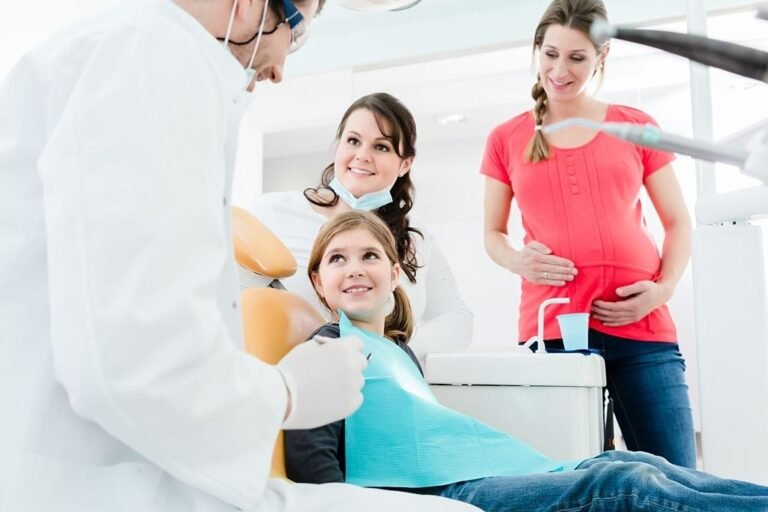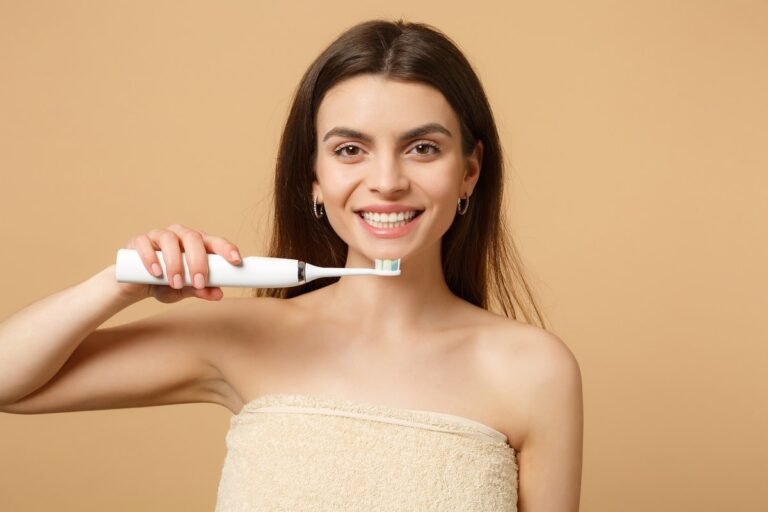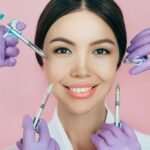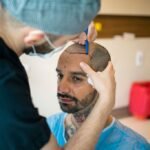Hair transplants may provide a ray of hope in your fight against hair loss, as well as a sense of comfort from the anxiety of being bald.
Chaos is the offspring of unpredictability, and chaos is the essence of the universe. The beautiful things in life are frequently followed by the terrible, and vice versa, but what does not change, and what should not change, is that we continue to try, hope, achieve.
Hair transplants may appear to be the ray of hope in your struggle against hair loss, a sense of relief from the fear of baldness, the goal of facing society with confidence, but they aren’t as simple as they appear.
Even though hair transplants have a high success rate, they, like any other treatment, can go wrong if not performed by a qualified hair transplant surgeon from a recognized hair transplant clinic, says Dr. Mohit Srivastava from “Hair N Images,” who performs the best hair transplant in Surat.
Hair N Images Hair Transplant Centre is Surat’s premier hair transplant and cosmetic surgery clinic. We are the finest in Surat to provide high-quality, long-lasting, and satisfying hair restoration procedures. At our clinic, we execute all types of hair transplants based on the needs of the client. We endeavor to exceed our patients’ expectations in terms of results. We attempt to provide our clients with the highest quality hair transplant treatment in Surat and Vapi.
With the most highly qualified team of surgeons in this sector operating with agility. Countless patients in Surat and Vapi have benefited from our services. As a result, you can rest confident that we are committed to your comfort and superior results. Dr. Mohit Srivastava has been the director of the Hair ‘N’ Images clinic since 2002. He is a well-known hair transplant surgeon in Surat and Vapi. Dr. Mohit believes in offering a full range of hair care services. As a result, Hair ‘N’ Images is one of Surat’s best hair transplant clinics.
The harm caused by botched hair transplants extends beyond the physical, causing psychological and mental suffering. It is not only a waste of time and money, but it also damages the patient’s faith and comprehension of the surgeon.
Is it possible to get a hair transplant done twice? Is it possible to fix a botched hair transplant?
Even though the operation is relatively risk-free, mistakes in surgery and technique might result in poor growth, scarring, infection, bleeding, and skin damage. The severity of these issues reduces the chances of successfully rectifying a poor hair transplant.
Dr. Mohit Srivastava, a top hair transplant surgeon in Surat, works hard to ensure that mistakes aren’t made again and that second chances are always available. “I come across a lot of patients, victims of faulty and improperly done hair transplants,” he replies in response to the query. Because prevention is better than cure, it’s no surprise that you should do your study and choose your first operation or clinic carefully, rather than wasting your money, time, and body on another hair transplant.
“Your initial therapy can be reversed no matter how poorly it went. I can also communicate with certainty that your body is not something to take chances with. Taking advantage of plans and bargains for financial gain is not the way to handle hair transplants.”
Correcting poor hair transplants entails concealing grafts to give your hair a fresh, supplied appearance. Dr. Mohit Srivastava employs a microscopic hair transplant procedure to guarantee that the remaining donor region is correctly utilized without leaving a bald patch on the head and cover unnatural-looking hair plugs for a more realistic hairline.
“What it comes down to is your decision alone; the surgeon you choose to give your head to,” says Dr. Mohit Srivastava. Hair transplantation differs from other medical procedures for hair, in that it is a surgical process. It necessitates a creative touch from a professional and knowledgeable doctor who can accommodate each individual’s unique requirements.
Compromising on quality is akin to gambling with your health; it’s a line that should never be crossed. Always do your homework before picking a doctor; check their credentials, talk to their previous patients, and don’t hurry into a transplant from a particular clinic just because of a special offer.”












